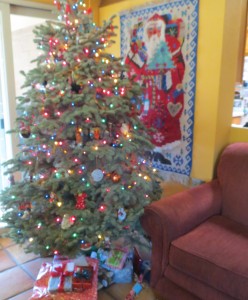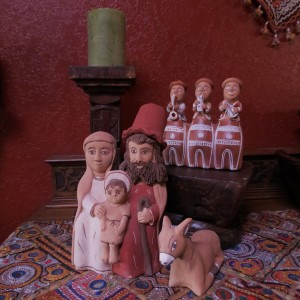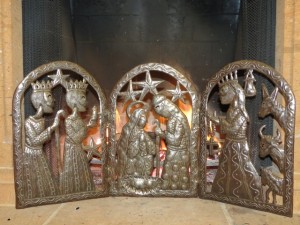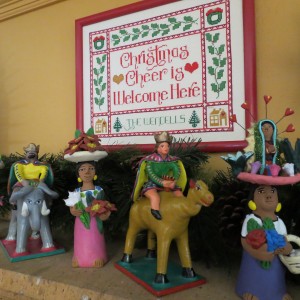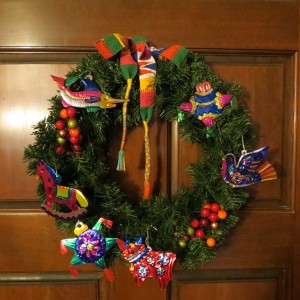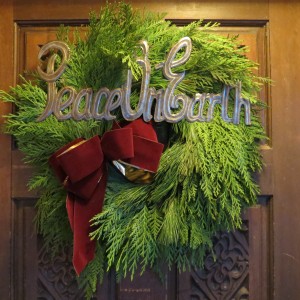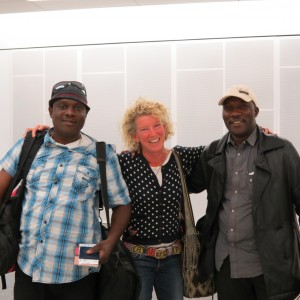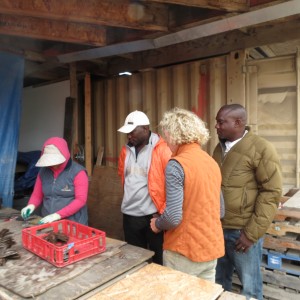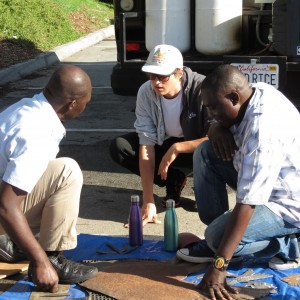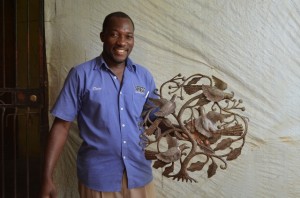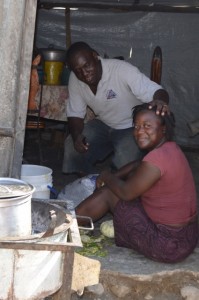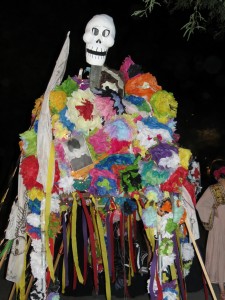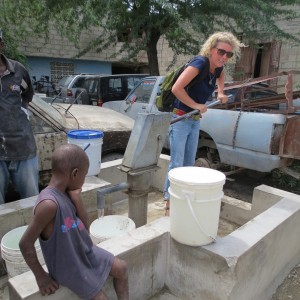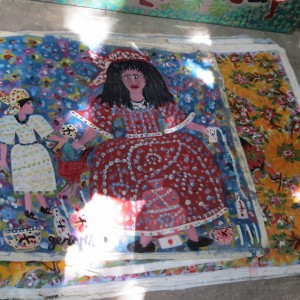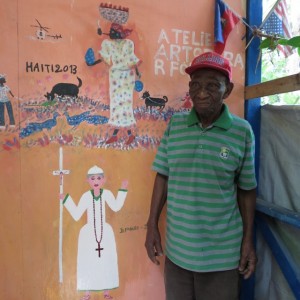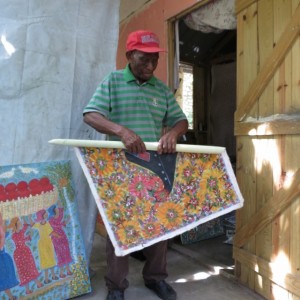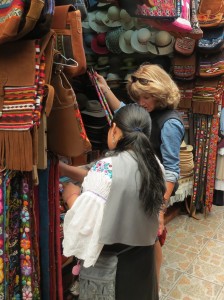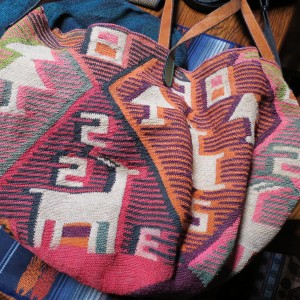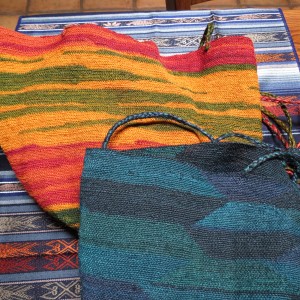December 20, 2014

The newest member of the family!
A while back, some friends and my husband and I were at dinner with another couple of people whom we didn’t know well at all. It was late in the evening, cocktails had been flowing and someone asked the question, “What’s the most interesting thing about you?” We went around the table; the first person to respond was a fighter pilot, the second was a special forces operative, the third was an Olympic gymnast, and then it was my turn. My heart filled with dread, and my expression must have given me away because my friend, Laura offered helpfully, “Why don’t you tell them about your dog!”
My dog. MY DOG! My very close, very dear friend, Laura clearly thought that the most interesting thing about me was my dog. Ouch. What’s worse is that a few short months after that dinner, our beloved basset hound died. Through my grief, I worried: Where does that leave me??? The answer was too uninteresting to contemplate.
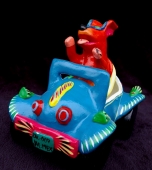
Doesn’t this remind you of “Go Dog, Go!” See this colorful canine and more wonderful Ortega ceramics here.
Fast-forward 10 months and we get a text message with accompanying photo from a co-worker of my husband’s that read, “This two-year old basset hound is looking for a good home. Want to meet him?” Well, to make a long story short, we did more than meet him. We adopted him forthwith and Jaeger has quickly become a treasured member of the family.
He has also become very busy. After a slow – and it is tempting to call it serene – start he got to work eating the lower branches of our Christmas tree, along with four of the choicest ornaments. In successive days, he pulled an entire roasted chicken off the counter, helped himself to a bowl full of guacamole, gulped down whole stick of butter including the wrapper, and was narrowly folied in his attempt to make off with a half-pound Mr. Goodbar. At this point, I feel compelled to assert that we do feed him well and on a regular basis. Being a dog, though, I guess he feels that its always good to hedge the bet.
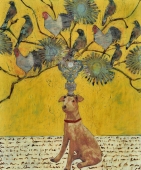
Erika Carter’s painting illustrates the dawning of a doggone great idea. More of her work can be viewed with a click.
My favorite escapade, however, was an invigorating sprint up the hill by our house early last Sunday morning. Oh what a merry chase through the neighborhood in my bathrobe and bare feet in mid-December! Who could fail to be cheered? Having neglected to grab the leash on my mad dash out the door, I got to carry all fifty pounds of basset back home. Great exercise, I’ll tell you.
In spite of all, however, I thank my lucky stars that Jaeger has come into my life. At least I am interesting again
Contributed by Linda for It’s Cactus
